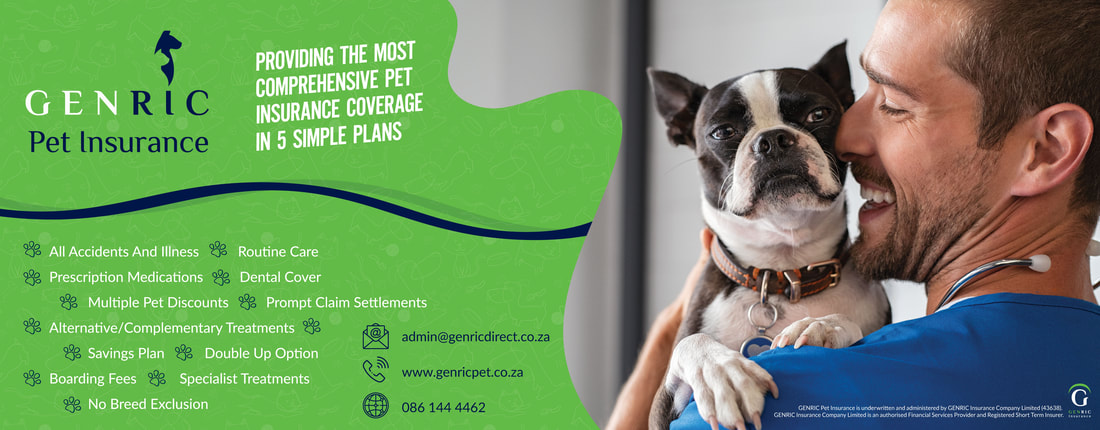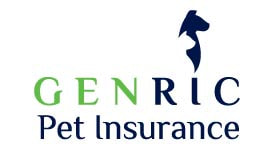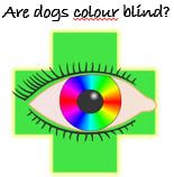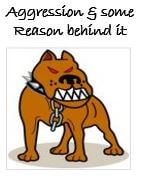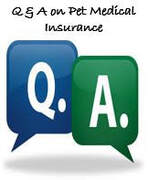Damaged, Torn, or Broken Toenails in Dogs
www.drbarchas.com
(Dr Barchas gives us a wealth of information on this great website, which includes behaviour, disease, symptoms, and medical treatment for dogs and cats)
articles are available on diseases, behavior, symptoms, and medical treatments for dogs and cats.
www.drbarchas.com
(Dr Barchas gives us a wealth of information on this great website, which includes behaviour, disease, symptoms, and medical treatment for dogs and cats)
articles are available on diseases, behavior, symptoms, and medical treatments for dogs and cats.
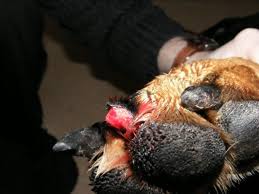
Overview
Damaged toenails are very common, especially in active dogs. Most nail injuries occur as a result of a nail catching or snagging on plant matter, carpet, or other material while the dog is running.
Damaged toenails are extremely painful at the moment of injury. In many cases, pain will persist until the damaged portion of the nail is removed by a veterinarian. However, the vast majority of dogs with injured nails make complete recoveries.
Symptoms
In many instances, owners witness the trauma. Dogs may vocalize (yelp or cry) at the moment of injury. However, many dogs do not exhibit any abnormal behaviors at the time of injury. For these dogs, symptoms develop after the injury has occurred. Dogs with injured or damaged nails may exhibit any of the following symptoms.
Risk Factors and Prevention
Any dog may injure a nail. However, certain circumstances predispose dogs to nail trauma.
Complications
Injured nails are painful. Sites of injury are susceptible to infection. Blood spots from bleeding nails may cause significant damage to furniture or carpet.
Most dogs make complete recoveries after injuring a nail. However, in some cases damage to the nail tissue results in irregular growth of the nail in the future. This generally is not a serious complication. Nails that grow irregularly may require more frequent trimming than other nails.
Diagnosis
Diagnosis is based upon visual inspection of the affected area. If the foot is especially painful, local anesthesia or tranquilization may be necessary.
Damaged toenails are very common, especially in active dogs. Most nail injuries occur as a result of a nail catching or snagging on plant matter, carpet, or other material while the dog is running.
Damaged toenails are extremely painful at the moment of injury. In many cases, pain will persist until the damaged portion of the nail is removed by a veterinarian. However, the vast majority of dogs with injured nails make complete recoveries.
Symptoms
In many instances, owners witness the trauma. Dogs may vocalize (yelp or cry) at the moment of injury. However, many dogs do not exhibit any abnormal behaviors at the time of injury. For these dogs, symptoms develop after the injury has occurred. Dogs with injured or damaged nails may exhibit any of the following symptoms.
- Limping is very common in dogs with injured nails.
- Bleeding from the site of injury may occur.
- A visibly damaged or crooked nail may be noted on the affected foot.
- The affected foot may be sensitive. Dogs may resent attempts to handle the foot.
- Dogs often lick the injured area.
- The affected toe may be swollen.
Risk Factors and Prevention
Any dog may injure a nail. However, certain circumstances predispose dogs to nail trauma.
- Overgrown or long nails are more likely to snag.
- Dogs with metabolic or glandular conditions such as thyroid disease may suffer injured nails at high rates.
- Individuals with congenitally weak nails may suffer frequent torn or damaged nails throughout their lives.
- A tumor growing on a dog's toe may result in a fragile, easily damaged nail. This is rare.
Complications
Injured nails are painful. Sites of injury are susceptible to infection. Blood spots from bleeding nails may cause significant damage to furniture or carpet.
Most dogs make complete recoveries after injuring a nail. However, in some cases damage to the nail tissue results in irregular growth of the nail in the future. This generally is not a serious complication. Nails that grow irregularly may require more frequent trimming than other nails.
Diagnosis
Diagnosis is based upon visual inspection of the affected area. If the foot is especially painful, local anesthesia or tranquilization may be necessary.
|
Treatment
Because injured nails are painful and can become infected, a veterinarian should assess any dog with a nail injury. The key element of treating injuries to toenails involves removing any damaged, unviable portion of nail that is present in the affected area. Local anesthesia generally is employed to prevent pain during the procedure. Mild bleeding from the affected area is common during the 24 hours following the procedure. After removing the damaged portion of the nail, veterinarians may bandage the foot for a brief period. |
Did you know that a condition such as this would be covered by your Accident Plan, which is just as well, as this common injury could well end up being expensive if surgery was required to remove a Dew Claw for example.
|
Antibiotics (such as penicillins or cephalosporins), pain killers (such as NSAIDs), or antiseptic foot soaks may be prescribed.
Follow-up
Pain and swelling should begin to resolve within 48 hours of treatment. Several weeks may pass before the nail starts to re-grow. The foot should be monitored during this period. Dogs that exhibit ongoing symptoms after treatment should be reassessed by a veterinarian. Dogs whose nails do not re-grow normally may require regular trimming and indefinite monitoring of the site.
Follow-up
Pain and swelling should begin to resolve within 48 hours of treatment. Several weeks may pass before the nail starts to re-grow. The foot should be monitored during this period. Dogs that exhibit ongoing symptoms after treatment should be reassessed by a veterinarian. Dogs whose nails do not re-grow normally may require regular trimming and indefinite monitoring of the site.
|
Often I still hear that dogs see black or with white and shades of grey. Due to the domestication process, dogs’ eye sight has changed to become more adaptable in human society.
|
If you are able to recognize early signs of dog feeling uneasy or pressured in some way (whether you intended that response or not!), you can avoid pushing dog into feeling the need for more dramatic or more dangerous aggressive behavior.
|
There are so many options where Pet Med Insurance is concerned, and in addition to supplying you with articles, we also have a Q and A facility for you.
|

